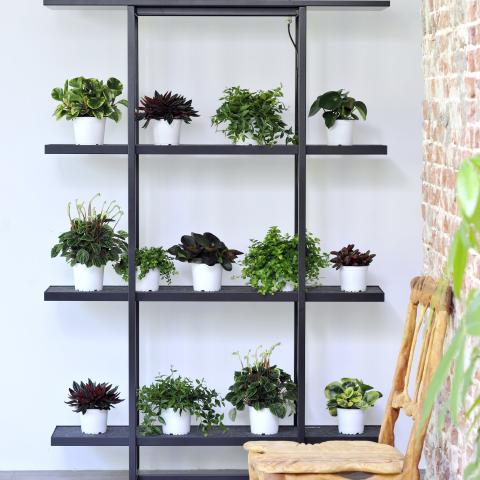What factors determine the shelf life of plants?

Plant development and its duration, in connection with climatic conditions and other factors, are different for each plant type and cultivar. Deviations from the optimum care will lead to a shorter shelf life for the consumer. Post-harvest treatments do not have the power to influence the genetic potential of the plant and are not formulated as such.
- Growing conditions: light, temperature, relative humidity, fertilization, growth regulators and crop protection have a marked effect on the quality of the plant.
- Post-harvest conditions: temperature, humidity, light and ethylene gases in particular, determine whether the potted plant will be delivered to the consumer in good condition after harvest. Higher temperatures promote flower development. Humidity plays a direct role on water shortage by evaporation. Wide fluctuations in this and temperature promote the growth of the fungus Botrytis. Using the most suitable post-harvest treatment for each potted plant type is one of the key measures to get them through the distribution chain intact.
- Hygiene: poor hygiene measures promotes the development of micro-organisms.
- Distribution / transport time: Potted plants remain active during transport. Climate control, good packaging, post-harvest treatment and speed are very important for maintaining quality.
To increase shelf life of plants, use Chrysal Leafshine and Aqua Pad.
